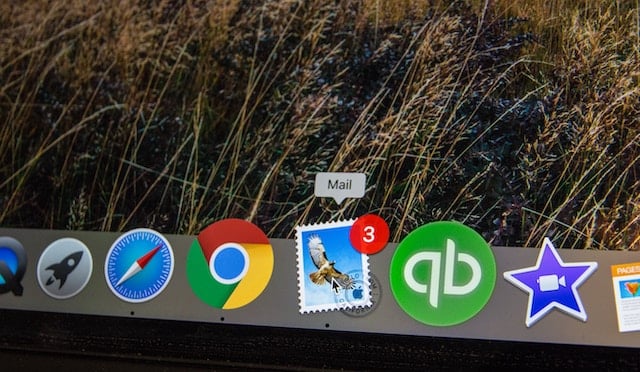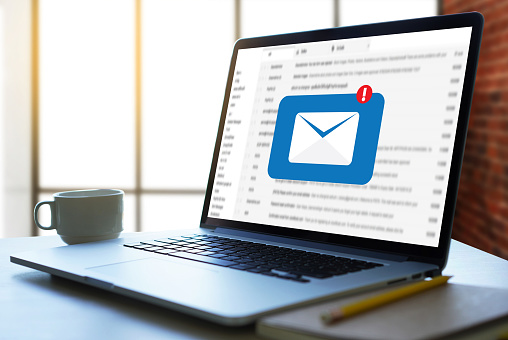Email marketing is both an art and a science. There are dozens of different elements that go into creating the perfect email, and it's crucial to test your emails to understand what works best.

But what exactly should you test?
The HubSpot Email App is a customer favorite. You might use the tool to send one-off promotional emails, create an automatic kickback email from a landing page, or even make a marketing automation series.
Those customers with HubSpot Enterprise have an A/B testing tool baked into their Email App. That means you can make two versions of the same email in the same send, and in the process learn if a specific way of positioning or designing your content worked better or not.
If you don't have the A/B testing tool, you won't be able to run a scientific test -- however, you can always try out small changes in your email sends over time to try to improve your results.
Here's what you can test!
1. Images
I recommend you have a very low image-to-text ratio. Many times spam filters and firewalls look at an email's image-to-text ratio to determine if it should deliver an email to an inbox.
Images are also a great way to make your emails engaging and interesting to read. Test to see if images have an effect on your open rates, click-through rate, and the number of leads you generate.
2. Subject Lines
Subject lines are arguably one of the most important aspect to any email. Why? It's the first thing someone reads. In fact, most people use the subject line to decide to open the email or not. Elements of a subject line you should test include:
- Adding personalization to the subject line
- The subject line length
- Call-to-action in subject line
- Words used in the subject line
- Adding [brackets] to the subject line
Your email subject line should be action-oriented, compelling, and short (45 characters or less). Try writing your subject line like you would a call-to-action. Also, make your subject line consistent with the first sentence of the email and your email call-to-action.
3. Calls-to-Action
Just like you would test a call-to-action (or CTA) on your website, email marketers have to test the CTAs in their emails.
You can test the wording of the CTA, the placement, and the style. Those marketers who take the time to test CTAs frequently can dramatically increase the conversion rate of their email.
4. “From” Name and From Address
Why not test who and where the emails are coming from? We recommend keeping the from name and address consistent across all your emails, so send a small portion of emails to a new from name and address to see if it impacts your metrics.
5. Email Design
We recommend you have one primary email template and possibly a slightly different version of that template for your email newsletter. However, you can definitely test certain elements of the design to see if it impacts your click-through rate, unsubscribe rate, or goal of the email. Design elements you can test include:
- Bolding
- Capitalization
- Font size
- Font colors
- Images
- HTML versus plain text emails
6. Email Content
The content of your email is a great place to test a variety of things. Have fun with it! Here are a few ideas:
- Headlines: This is the first thing someone sees when they open the email. One experiment would be to make the headline a link.
- Placement of content: Experiment with moving the content to different parts of the email. Do note that you should always have your most important content in the beginning of the email.
- Type of content: Each email you send should have a goal so you can measure what worked and didn’t work. Try different content to see what works best to help you achieve that goal. Do ebooks work best? Webinars? Infographics?
- Placement of social media links: Try placing your social media icons at the top and bottom of your emails and measure which place gets more clicks.
- Number of images (if any): Experiment with the number of images you include in each email. You might find that fewer images increases your click-through rate and decreases your unsubscribe rate.
- Number of links: If you’re emails are getting a good click-through rate, then try increasing the number of links in your emails. Always include a link in the first one or two sentences.
- Length of email: Test different email lengths to see how much content or information you should be including in your emails. If you notice your recipients clicking on the first link only and nothing else, then you should shorten the emails.
7. Timing
Testing the timing of your emails is the easiest thing you can test. You don’t need to change anything about the email, rather decide on times that you think will be most effective to send. One way you can determine timing is to survey your recipients on when they would like to receive emails from your business.
The two primary things you can test in regards to time are the day you send the email and the time during the day you send the email. The other element you can test is the amount of emails you send to people during a given week or month. Studies have found that increasing or decreasing the amount of email you send can have a significant impact on click-through rates and unsubscribe rates.
What do you think is the most important thing an email marketer should test?




![How to Optimize Your Emails [Checklist]](https://53.fs1.hubspotusercontent-na1.net/hubfs/53/default-image.png)

![Personalize Your Simple Follow-up Emails [Product Update]](http://cdn2.hubspot.net/hub/53/file-411136170-png/academy/images/new_lps_available.png)



